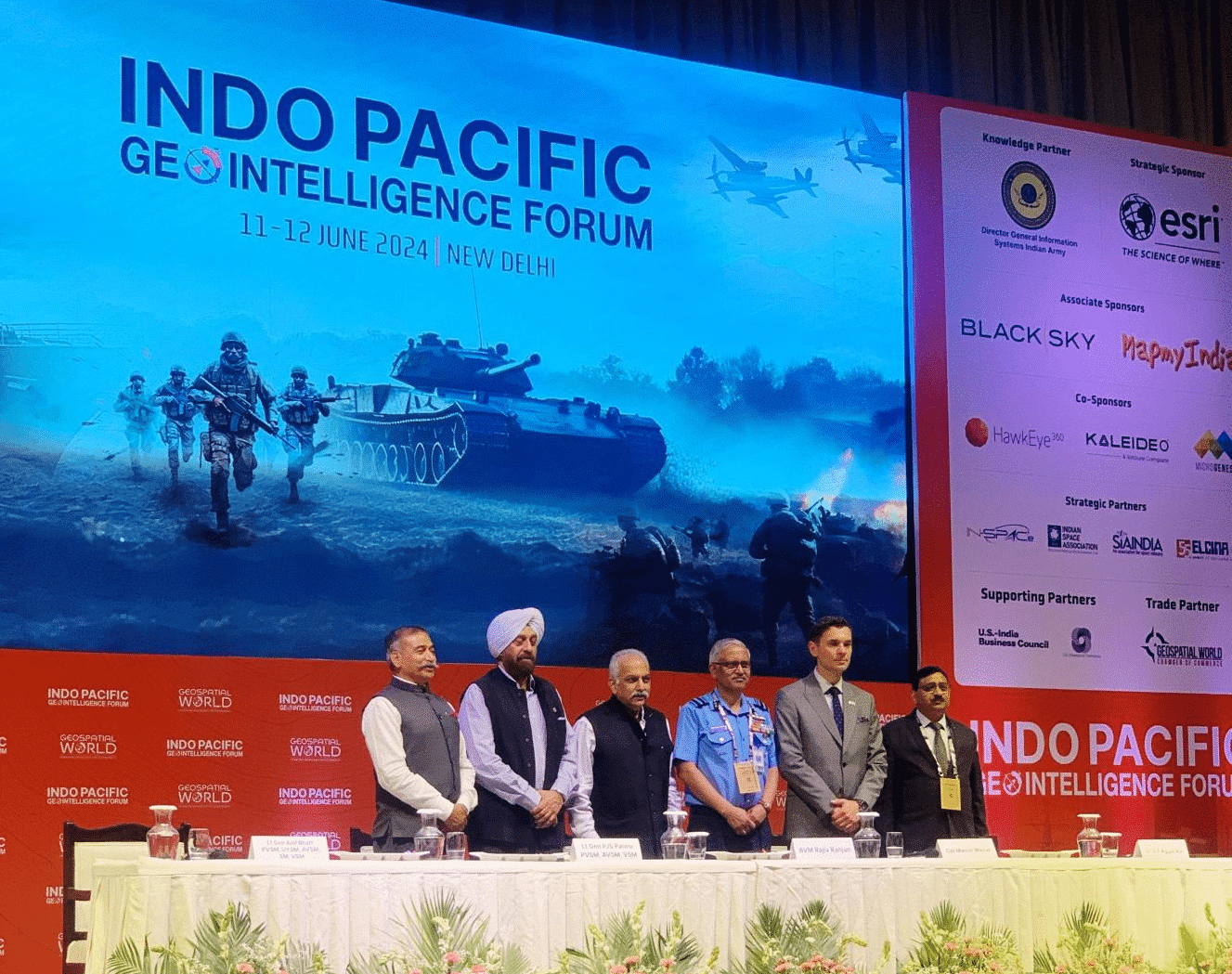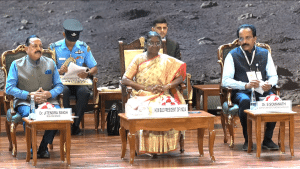Space data is fueling scientific discoveries, bolstering national security, laying the groundwork for space exploration. Space infrastructure encompasses satellites, space stations, telescopes and exploratory missions, evolving into a domain that profoundly impacts defense operations, which includes GPS, deep space mining, earth science and similar satellite based navigation technologies provide accurate positioning, timing and navigation services, making it a critical component of national security.
Satellites equipped with advanced imaging technology enable effective surveillance and intelligence gathering, allowing for the monitoring of potential threats, disaster response and border security. Secure communication channels for military operations provide early warning systems for enhanced defense readiness, understand the importance of space infrastructure and the need to invest in making it resilient.
Space infrastructure is vital for modern defense, facilitating communication, empowering navigation systems, fuelling scientific discoveries, and laying the groundwork for space exploration.
Lt. Gen. AK Bhatt, PVSM, UYSM, AVSM, SM, VSM, Director, ISpA said, “Thanks to ISRO India has a rich heritage in space exploration. A comprehensive policy and a regulatory framework has also been worked out for India’s space sector. As we continue to expand our presence and activities in the space domain, the resilience of our space infrastructure has become paramount.”
He further added that space-based assets and systems are now critical enablers for various domains, not only in defence, but for civilians also be it in communications, navigation, earth observation and scientific exploration.
“Every day there has been an increased reliance on space-based systems. Hence, we must address the vulnerabilities and threats that would potentially disrupt the operation of these space assets,” he added.
Challenges in Space Resilience
AVM Rajiv Ranjan, ACIDS, (ICT) explained in great detail about the increasing amount of space debris poses a significant threat to space infrastructure through a presentation. He pointed them as:
Solar weather events: Understanding and preparing for the impact of solar weather events on space infra is essential for building resilience. Starlink’s loss of satellites provides insights into the effects of solar flares on satellite operations.
Cybersecurity: With the growing threat of cyberattacks, ensuring the cybersecurity of space infrastructure is a critical aspect of resilience. Russian attack during early phase of war highlights the potential cyber threats to satellite operations and the cybersecurity measures to safeguard space assets.
Militarization and weaponization: The man-made activities are becoming greater threats than ever.
Need for Introspection Before Exploring in Space
Space situational awareness has become another issue while launching more and more satellites in space. The discussion also shed light on the problems of overcrowding the low earth orbit, and the enormous amount of data being generated every single day. There is a need for international cooperation, legal frameworks regarding space utilization and the management of accumulating space debris, when the economy is dependent heavily on space data for use.
Lt Gen PJS Pannu, PVSM, AVSM said, “Technology-based warfare has moved from analog to digital and now to autonomous. LEO is going to be congested, as the infrastructure tests will be carried out more and more in future, the amount of debris will only increase and ultimately put load on the LEO. With so many satellites in the LEO, there is enormous amount of data being collected by them.”
Col. Marcin Mazur, Vice President, Polish Space Agency, Poland said, “When we start talking about space exploration or space launches, we define customers who are looking for options to fulfill the requirements, then we choose either to develop technologies and capabilities or to procure them. Because when we start launching and when we have our assets in orbit, then the responsibility is becomes doubly crucial. That’s why we shouldn’t narrow only to the situation when we have infrastructure ready to use. But we should talk about them when we start the development phase.”
He further stresses on the trends in the space infrastructure like multi-constellation, responsive space, new technology (quantum), standards (for supply chain), procedures (including STM), and partnerships.









